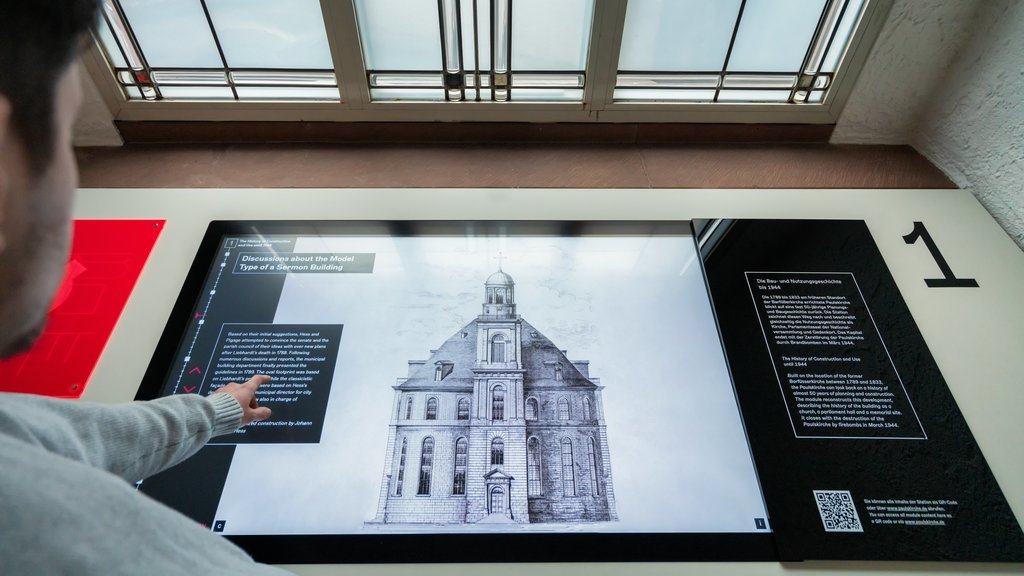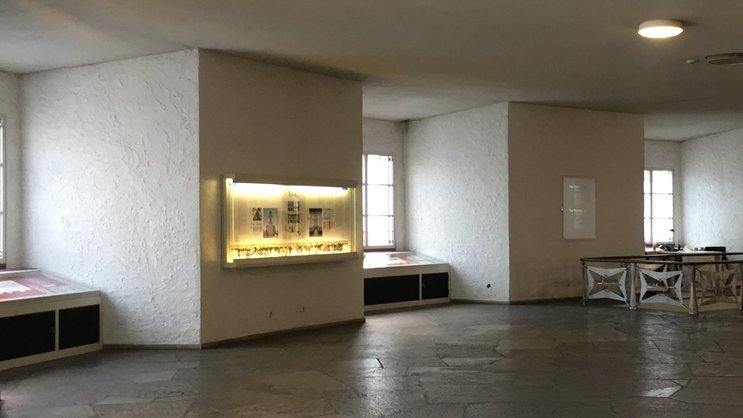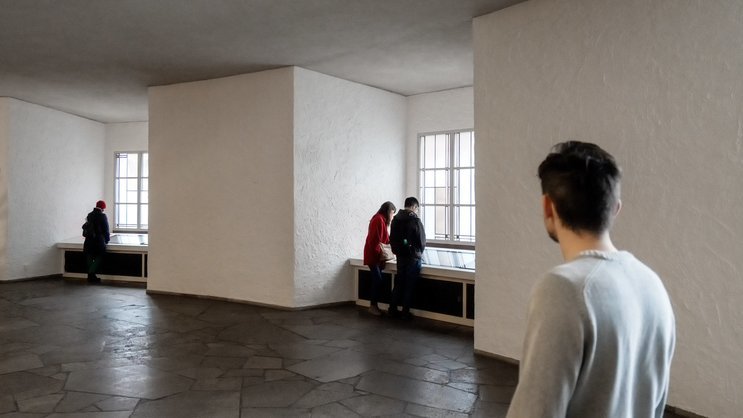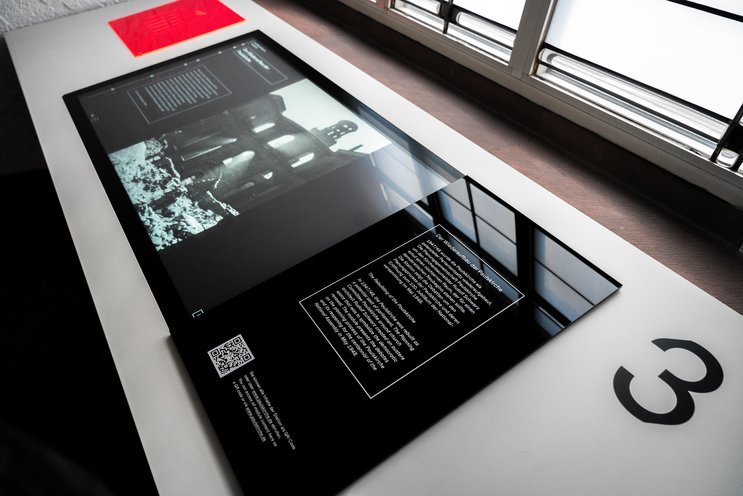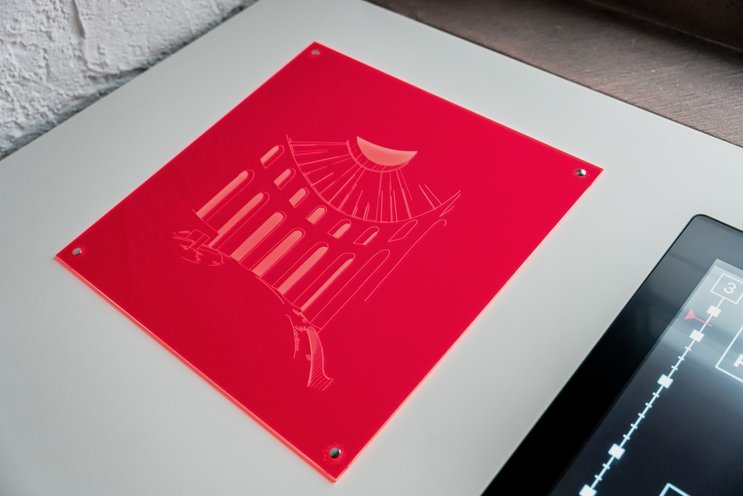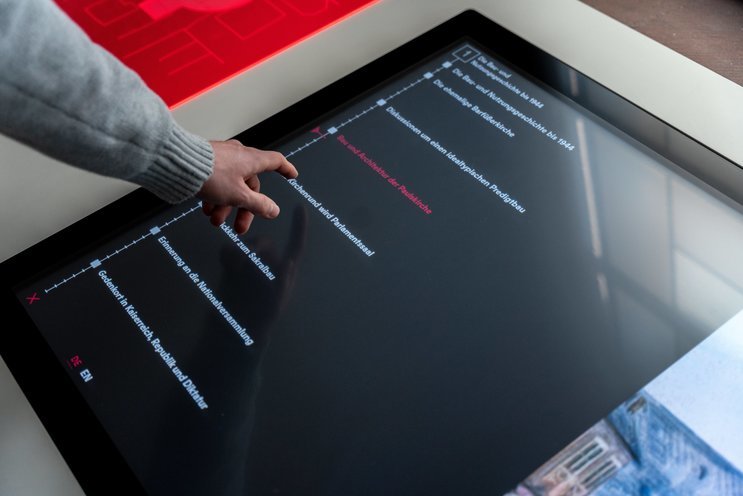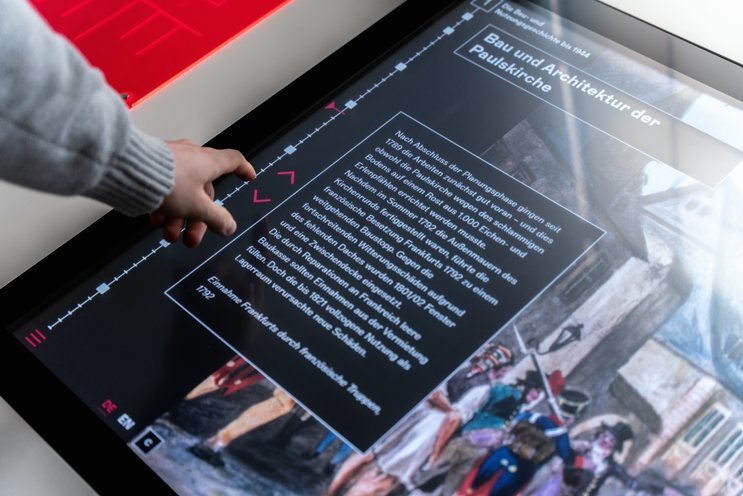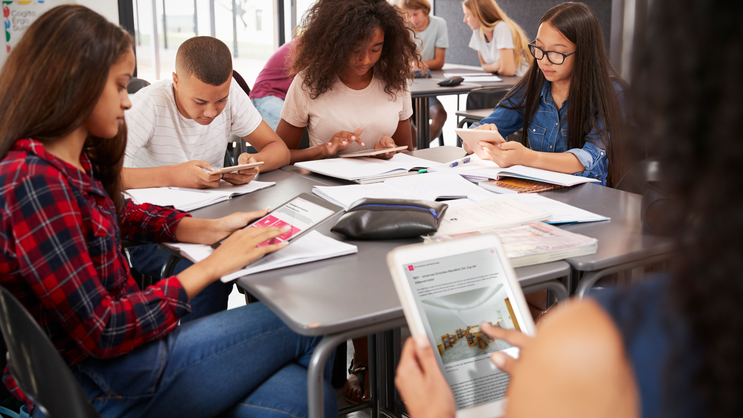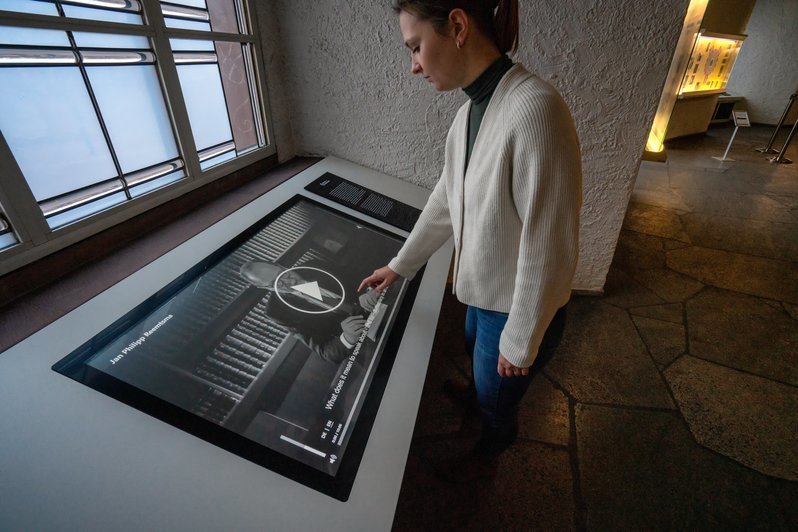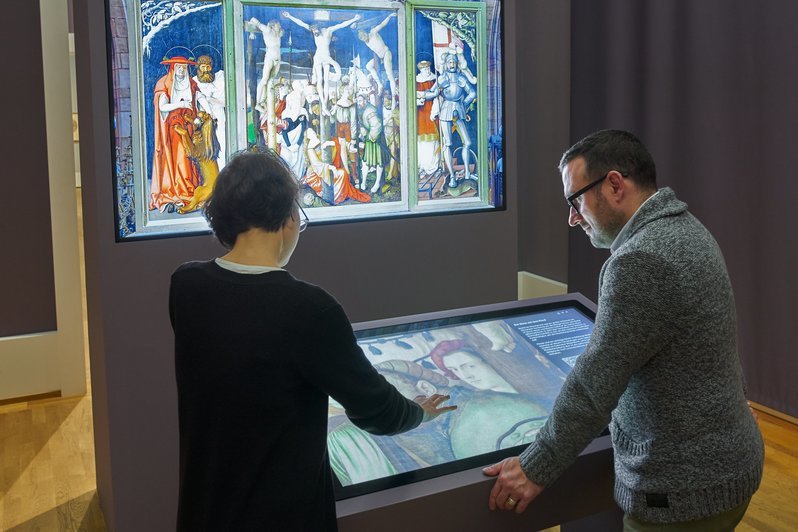In May 2023, the 175th anniversary of the German National Assembly was celebrated with a number of festivities. To mark the occasion, the media stations in the Wandelhalle were given a content and design update. In six niches, visitors can now navigate independently through the eventful history of Paulskirche and its significance for democracy.
An Update for the Wandelhalle
One tour, many topics
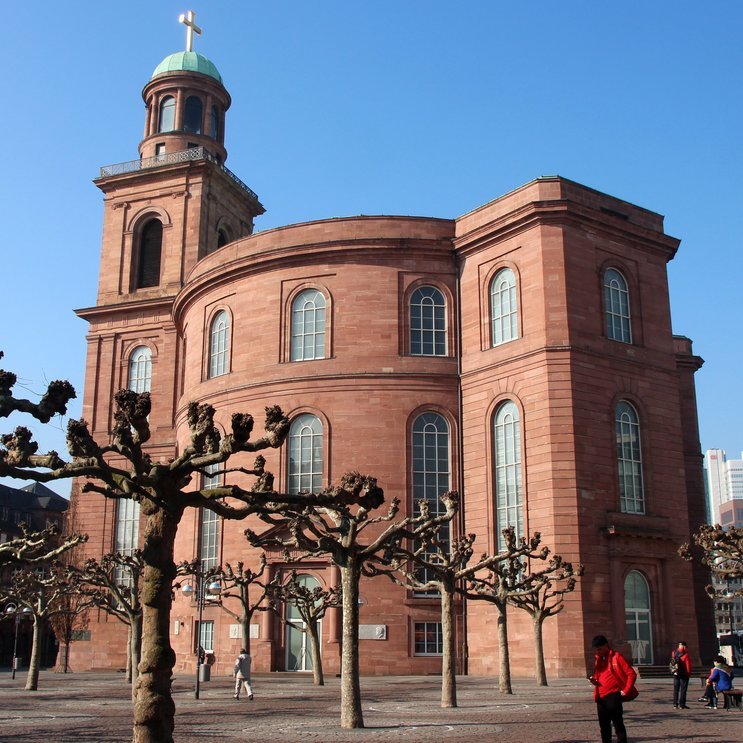
Frankfurt’s Paulskirche stands for democracy in Germany like no other building. The new exhibition “Paulskirche. Demokratie, Debatte, Denkmal” [Paulskirche. Democracy, Debate, Monument] in the entrance hall, the Wandelhalle, uses texts, images, audio and video to guide visitors through its history – as a church, center of political innovation, war ruin, architectural project, conference venue and vision for the future.
Supported by Wüstenrot Stiftung and curated by Philipp Sturm, the Institute for the History of Frankfurt am Main, the Historisches Museum Frankfurt and Deutsches Architekturmuseum jointly developed the diverse content. We supported the project as a partner for concept, design and technology from the initial idea through to operation.
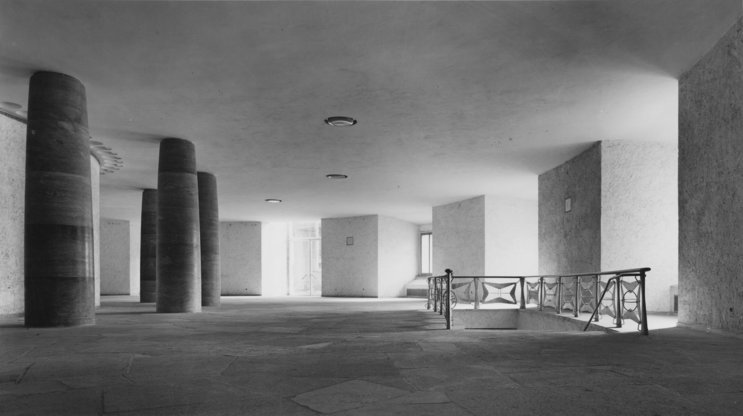
Die Wandelhalle der Frankfurter Paulskirche, ca. 1948
© Artur Pfau, Institut für StadtgeschichteIn an initial project phase, the display cases in the window niches were replaced by screens for the 55 Voices for Democracy exhibition. However, the history of Paulskirche continued to be presented in purely analog form in wall display cases. The content had become outdated and the exhibition also disturbed the clean look of the Wandelhalle planned by Rudolf Schwarz in 1948. The aim of our measures was a minimalist intervention that would allow both the display cases to be taken down and additional content to be integrated.
We developed a simple exhibition system that seamlessly blends into the existing interior design. An low-barrier interface shows historical images and documents with short explanatory texts. Despite the contemporary intervention, this does not detract from the impact of the historic Wandelhalle.
With acrylic panels and bold lettering, it was possible to create a unique look with little effort. Analog information frames the touchscreen, providing context and orientation. At the same time, the necessary inspection flaps in the furniture is cleverly concealed, creating a clean overall impression.
reading and discovering
visual history
From school classes and tourists to visitors with a great deal of prior knowledge, the exhibition needs to reach a broad target group. For this reason, we developed a digital article system that is easy to understand and intuitive to use.
In close collaboration with the authors of the project group, our team developed a standardized workflow for the collection of content. A customized CMS with a clear structure allowed everyone involved to make edits, insert media and evaluate results independently. This ensured an efficient workflow despite the number of players and large amounts of data.
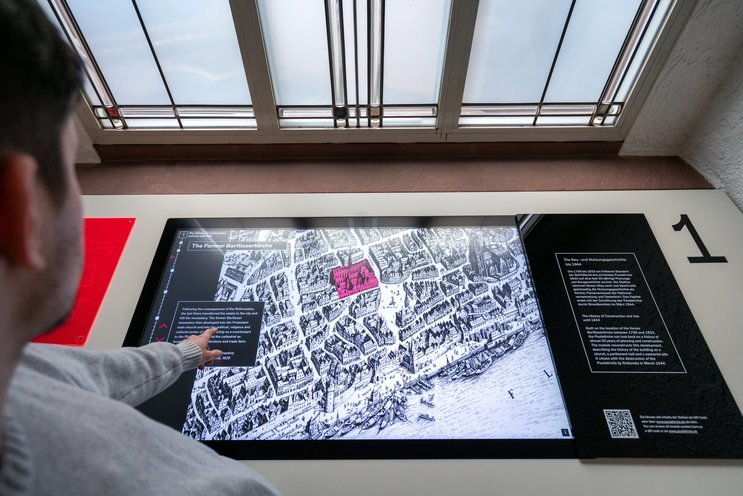
At the heart of the design lays the large-format image material that illustrates the articles, which are divided into short sections. Historical and current images, which the project team has compiled from various archives, offer an insight that has is available to the public for the first time ever.
Both linear reading and jumping through different sections is possible thanks to clear navigation and content cross-references.
Six window niches, six media stations, six chapters. Clearly allocated and structured, you can approach Paulskirche from different perspectives. Each media station deals with one of the topics per default. Visitors can use the analog labels to orientate themselves and “walk” through the chapters in a tour of the Wandelhalle.
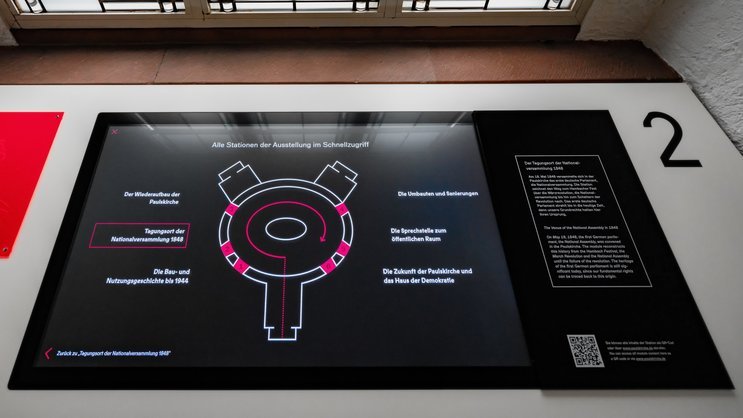
If required, all other contents are also accessible, so that the entire exhibition can be presented in one niche – for example in the case of a guided tour.
In addition to the images, video and audio are also part of the exhibition. They are seamlessly embedded in the design and can be played via integrated players.
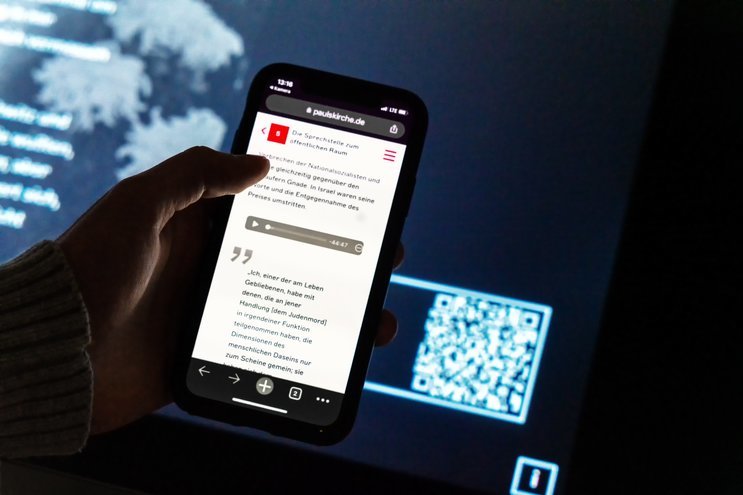
A web version of the exhibition offers the opportunity to call up media on your own smartphone on site or afterwards to consume it undisturbed. QR codes link the stations to the corresponding online content. This way, both media formats can be easily used at the same time.
Independently of the actual visit, the website www.paulskirche.de provides access to all content. The design of the media stations is consistently continued. Users can navigate through the six chapters using the same logic. The familiar visual elements – both analog and digital – are taken up or quoted in the screen design, creating a coherent overall experience.
Ähnliche Projekte
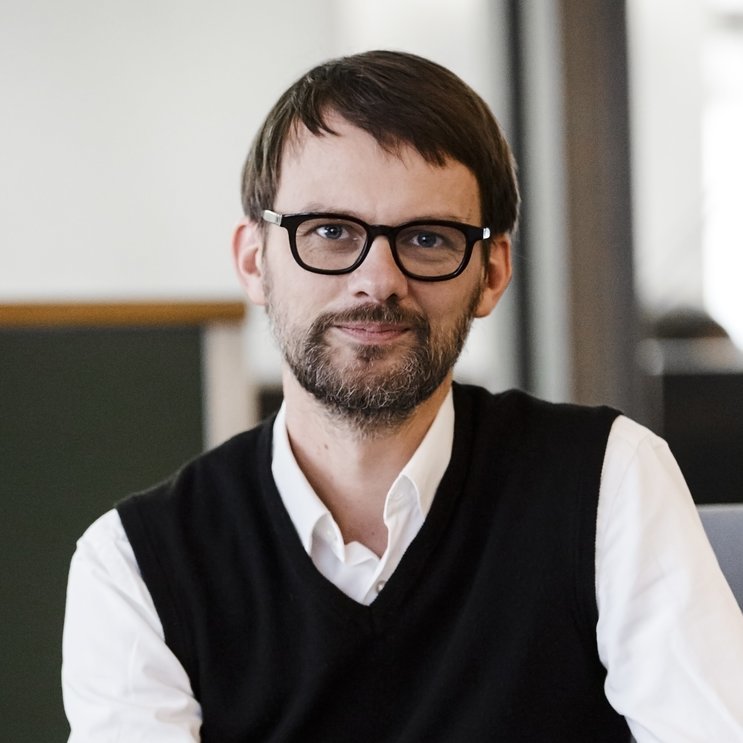
Curious about our approach? Feel free to get in touch!
Sebastian Oschatz Partner +49 69 24 000 321 sebastian.oschatz@meso.design sebastian.oschatz@meso.design +49 69 24 000 321
MESO Digital Interiors GmbH
Gutleutstr. 96 . 60329 Frankfurt . Germany
Team
Bettina Braun, Theron Burger, Alessia Corsini, Susanne Heinlein, Martin Jerulank, Marcus Michaely, Codrin Podoleanu, Laura Schillke, Constantin Urban, Christian Zollinger
